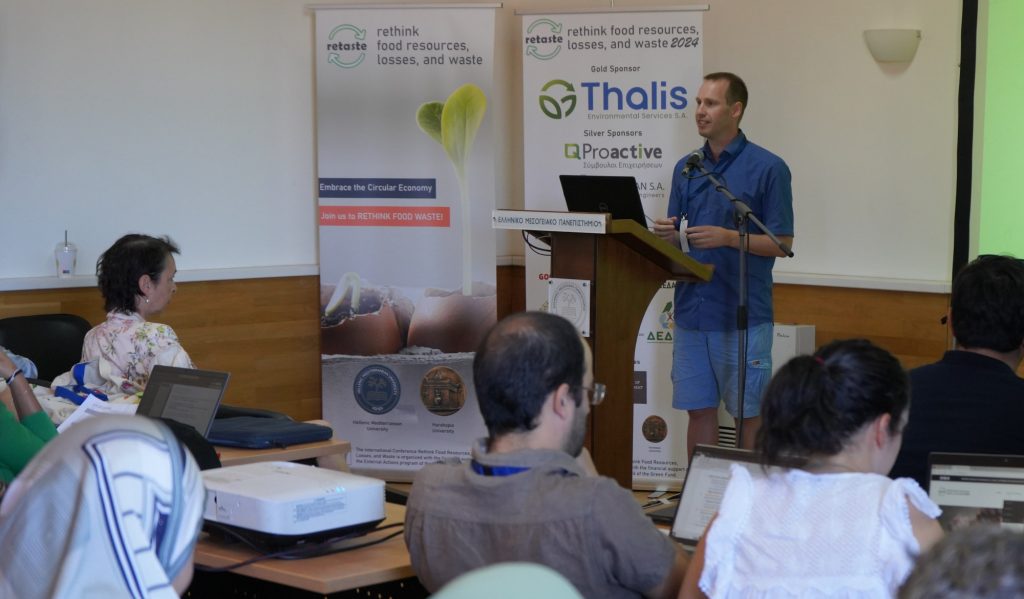
Not all pupils are equal as food waste makers
On 26 September 2024, at the Retaste Conference, LOWINFOOD partner Mattias Eriksson (Swedish University of Agricultural Science) presented the results of the study carried out in the framework of LOWINFOOD with data collected by the plate waste tracker Matomatic during the intervention carried out in Swedish schools.
Interventions addressing school children, such as information campaigns and waste reduction challenges, are often implemented as a one-size-fits-all approach, assuming uniformity in the problem faced by all consumers. However, the study made by LOWINFOOD researchers aimed to investigate the distribution of food waste generation among pupils in schools, recognizing that not all students contribute equally to the issue.
Utilizing the Matomatic plate waste tracker, data was collected from 16 primary schools across Sweden, totaling 421,015 instances of plate wastage registrations. The collected data was complemented by information on the total number of pupils served daily in each school canteen.
The findings of the study revealed that 40% of the pupils in the studied primary school canteens did not waste any food at all. Among the pupils who did waste food, the distribution was highly skewed, with a minority of them (20%) accounting for a majority (60%) of the generated plate waste. Halving the waste generated by the group of high wasters would reduce overall plate waste by 31%. While there was slight variation between schools, all kitchens reported similar patterns, with the top 20% of plate waste events contributing significantly to overall waste.
These results underscore that plate waste generation is not a uniform problem among all pupils. Thus, interventions that target all students equally may not be effective, as the majority of the target group has limited potential to reduce their waste. Instead, a more promising approach would involve identifying high-wasting individuals and designing interventions tailored to this specific group. However, reaching these individuals, who may be resistant to general messages of food waste reduction, poses a significant challenge.
Share on Facebook Share on Twitter Share on Pinterest